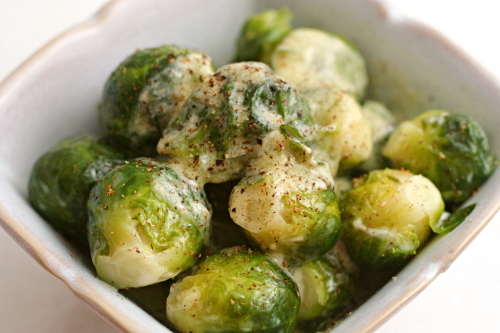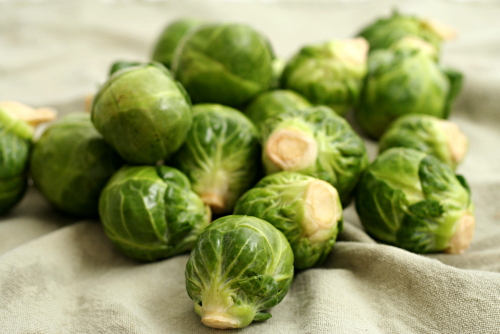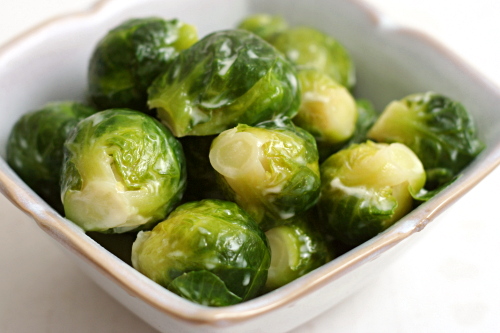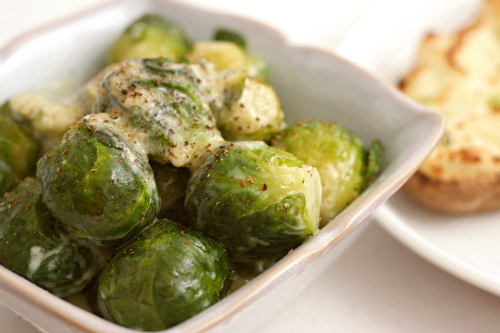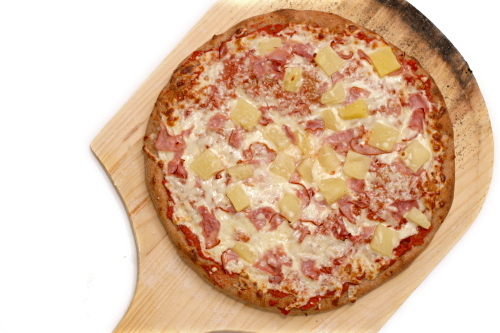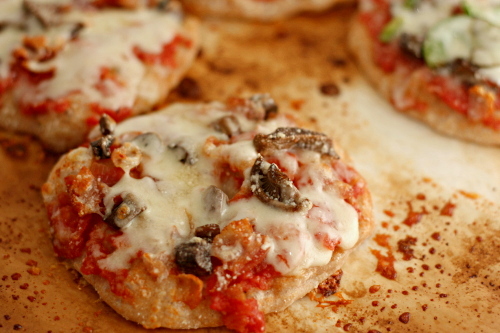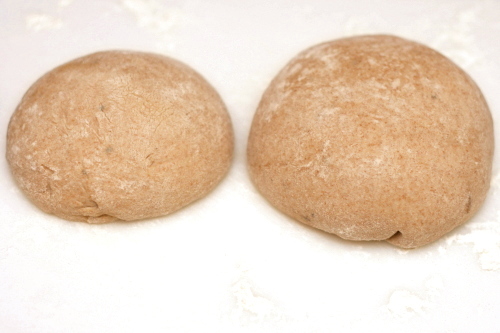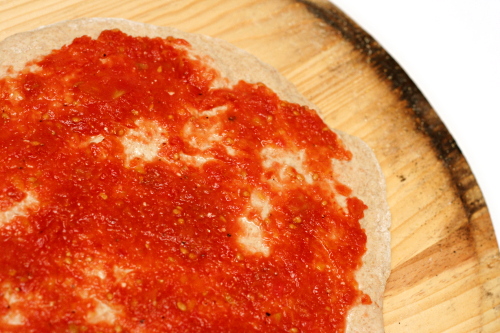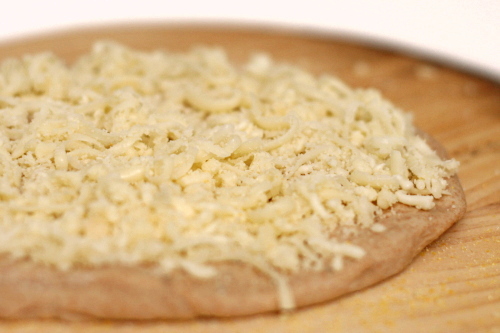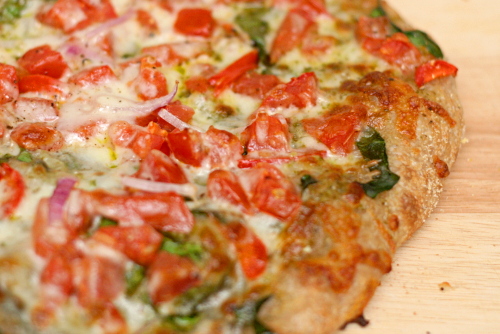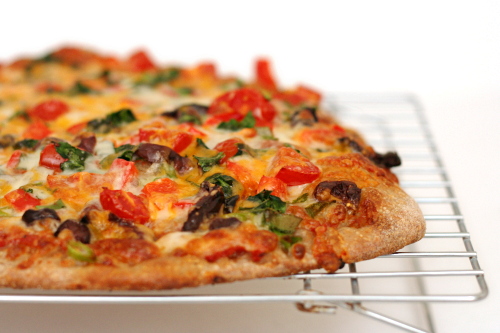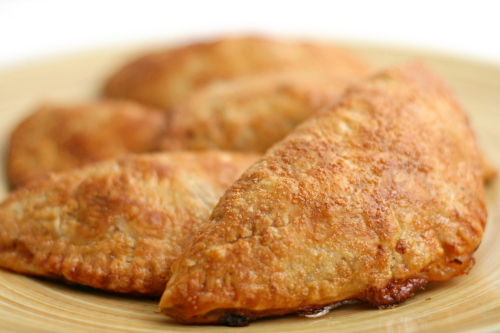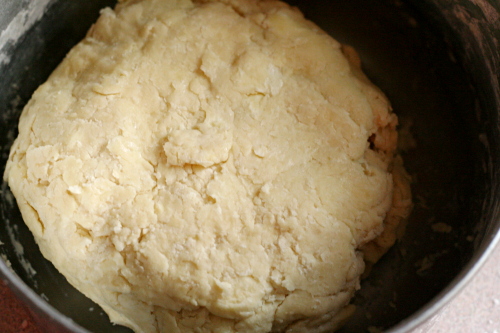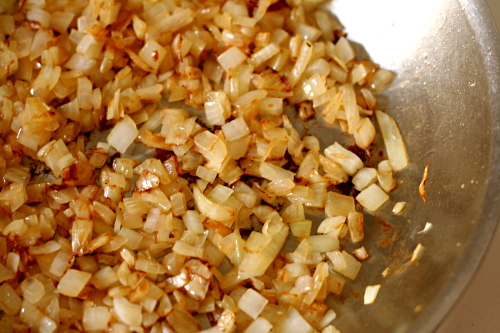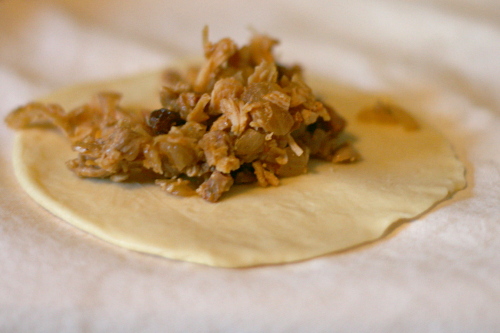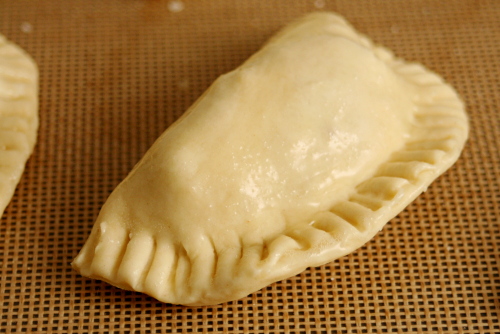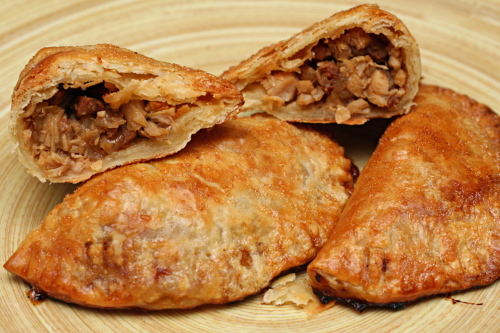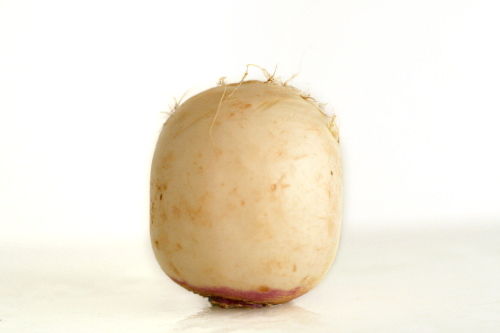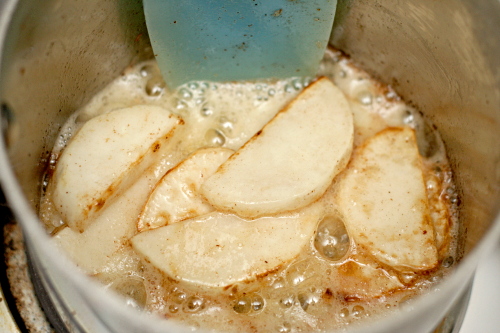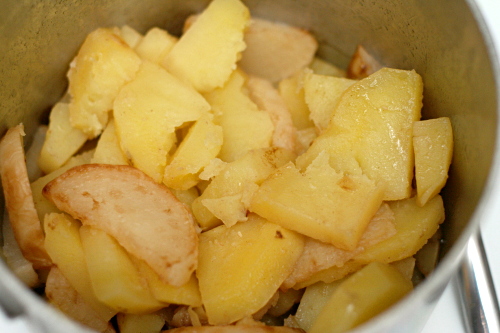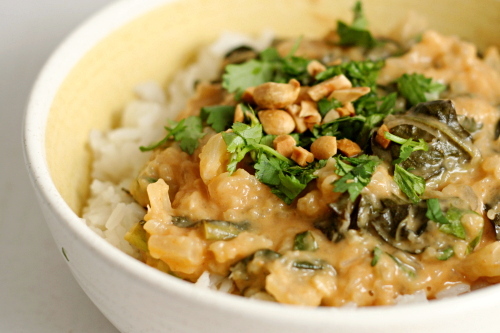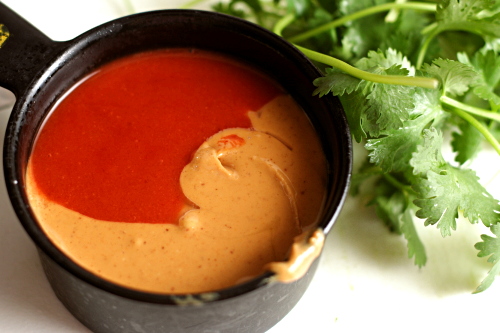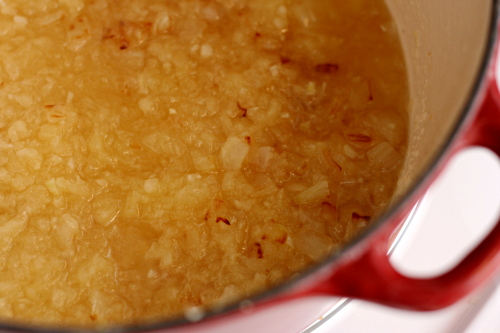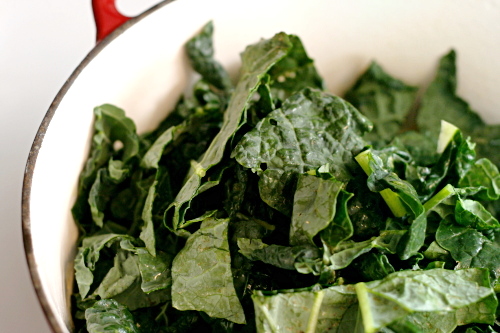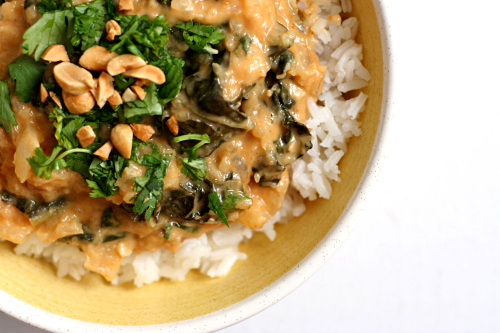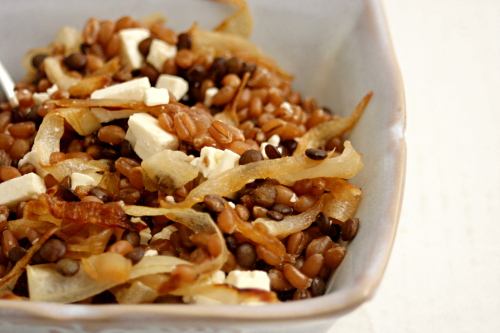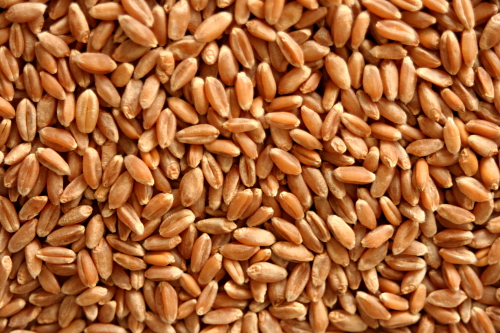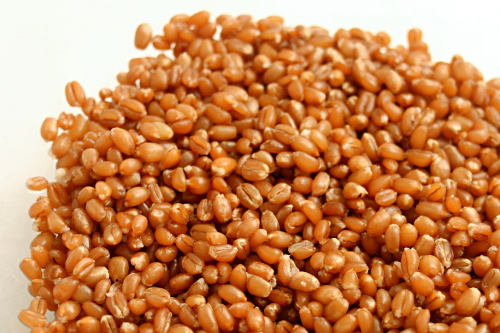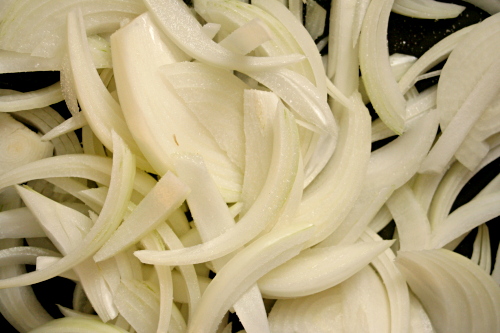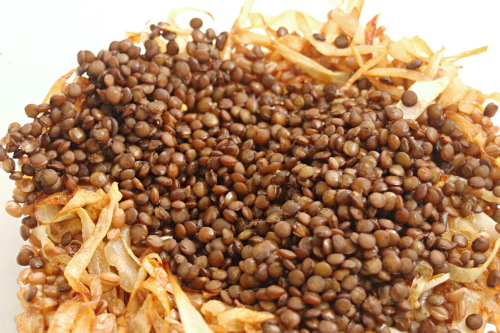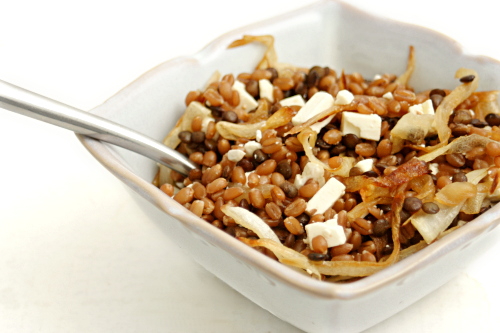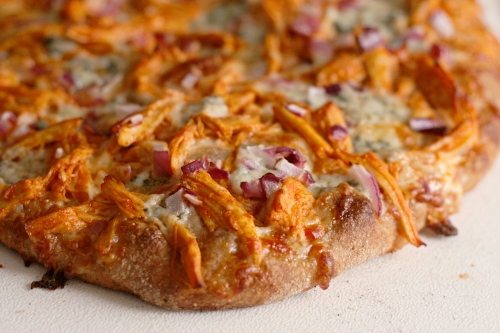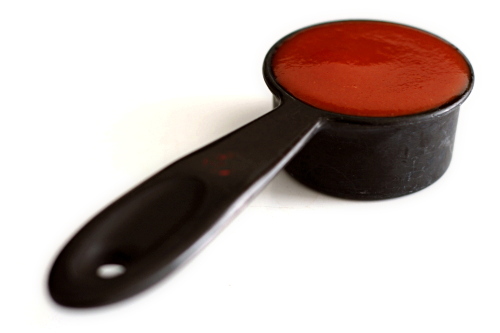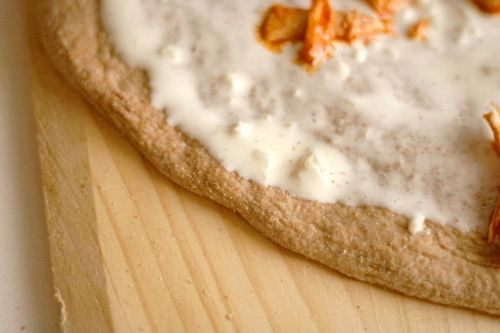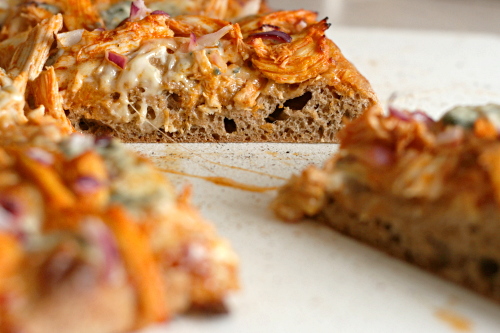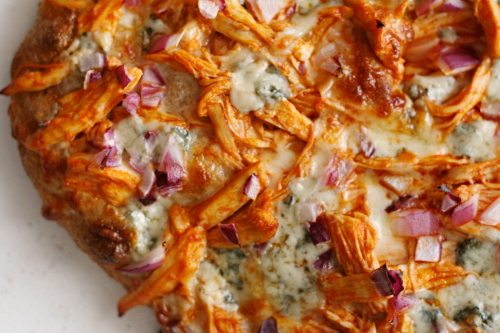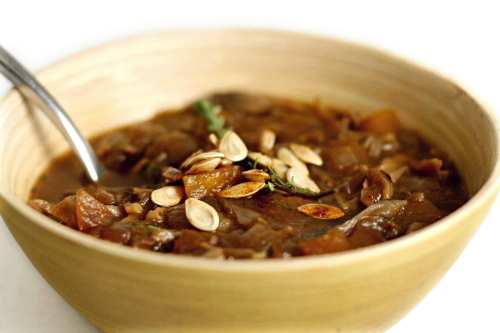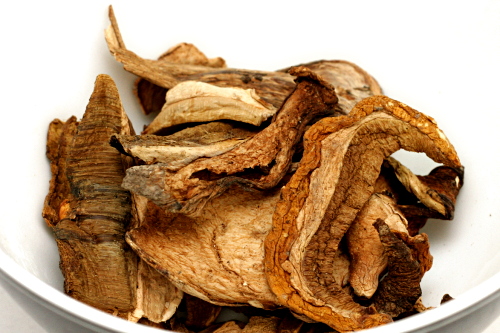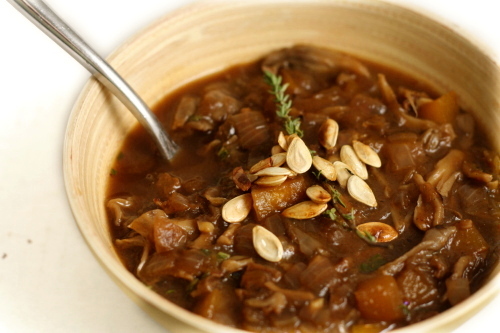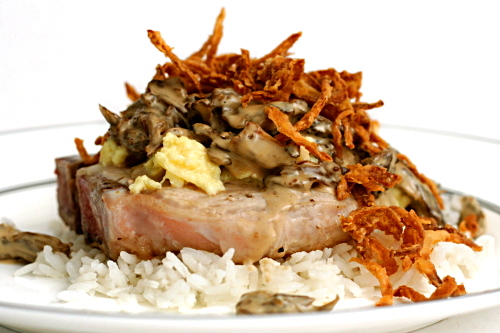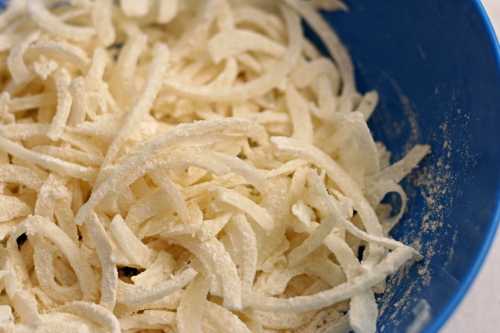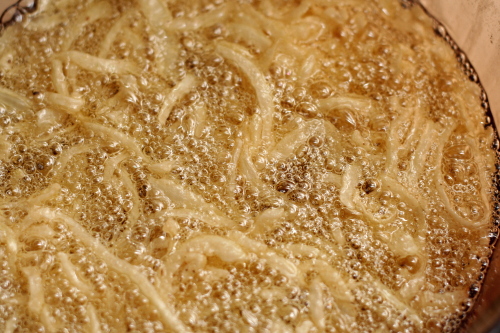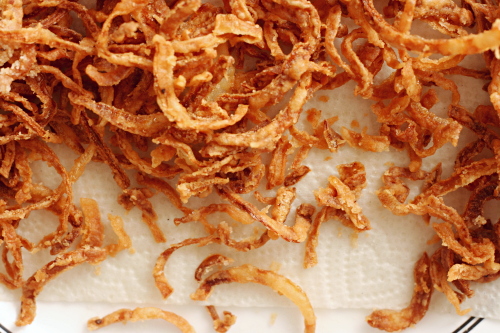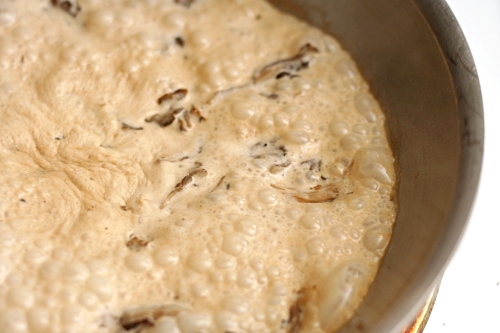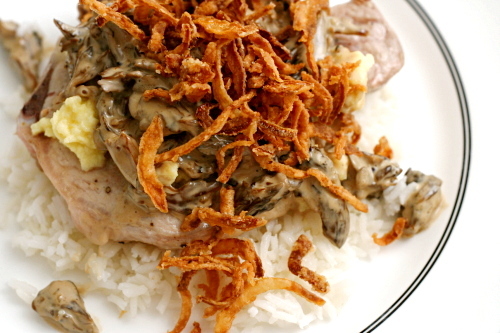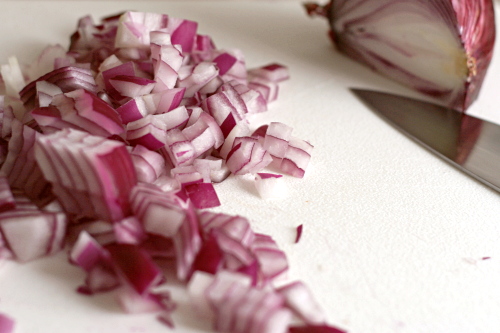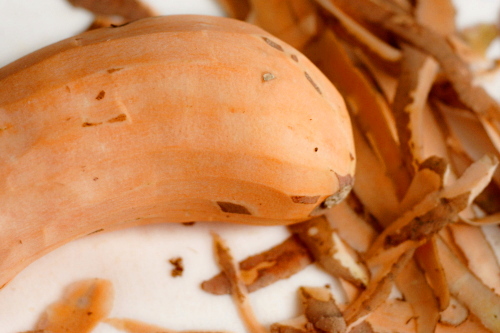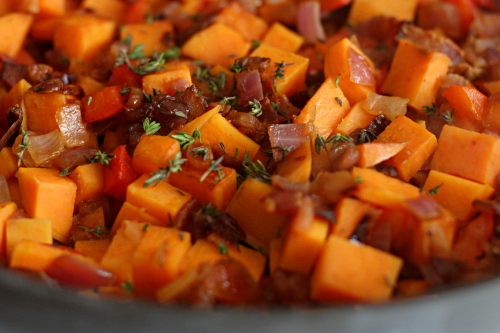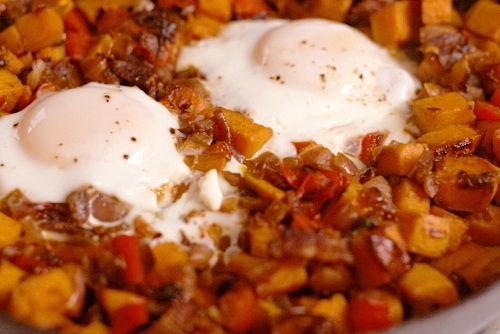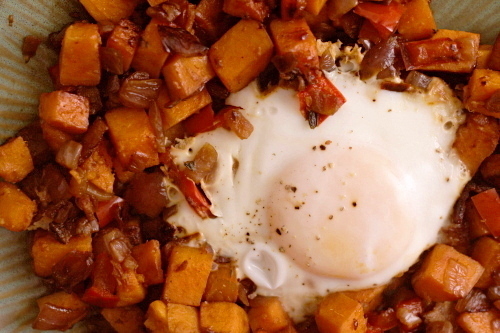You know what I hate? Those “hide the vegetables in brownies” cookbooks. I admit that I don’t have kids, so maybe I just have no clue and that really is the only way to get them to eat something healthy. But, for now, my theory is that if you prepare vegetables well, there will be no need to hide them.
By “preparing them well,” I don’t necessarily mean braising them in cream, of course, but if you can afford the caloric expense, these are certainly worth showcasing instead of hiding. Because these are absolutely just so freaking ridiculously good. Is that enough adverbs? Probably not. They’re worth more.
They’re easy too, and you can clean and trim the sprouts early in the day and put them right in the saucepan with the cream and seasonings. About 15 minutes before dinner, put the pot on a hot burner and give it a quick shake every so often. If you have a few extra minutes to make these even more rich and delicious, remove the cooked sprouts from the pot and continue simmering the cream until it’s luscious and thick, then pour it over the sprouts. It’s just…I don’t even…you just can’t describe something that good.
Because they’re so easy, so good, and most of the work can be done in advance, these are perfect for guests. And just a piece of advice: your guests will probably enjoy them even more if you don’t mention the whole “braised in cream” part.
One year ago: Sausage Apple Hash
Two years ago: Risotto with Peas
Printer Friendly Recipe
Brussels Sprouts Braised in Cream (adapted from Cooks Illustrated)
Serves 4
1 pound small Brussels sprouts, stem ends trimmed with a knife and discolored leaves removed
1 cup heavy cream
½ teaspoon salt
pinch freshly grated nutmeg
ground black pepper
1. Bring the sprouts, cream, and salt to a boil in a 2-quart saucepan over medium-high heat. Cover and simmer, shaking the pan once of twice to redistribute the sprouts, until a knife tip inserted into the center of a sprout meets no resistance, 10-12 minutes. Season with nutmeg and pepper to taste.
2. (Optional) Heat the oven to 200ºF. With a slotted spoon, remove the sprouts from the saucepan and transfer them in a heatproof serving dish. Place the sprouts in the oven to keep warm. Meanwhile, simmer the remaining cream in the saucepan over medium-high heat until thick, about 5 minutes. Pour the cream sauce over the sprouts and serve immediately.
Suggested menu: Steak au Poivre, Brussels Sprouts Braised in Cream, Twice-Baked Potatoes
